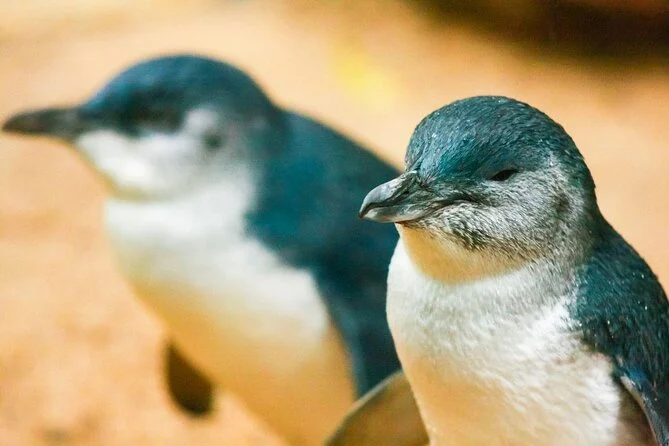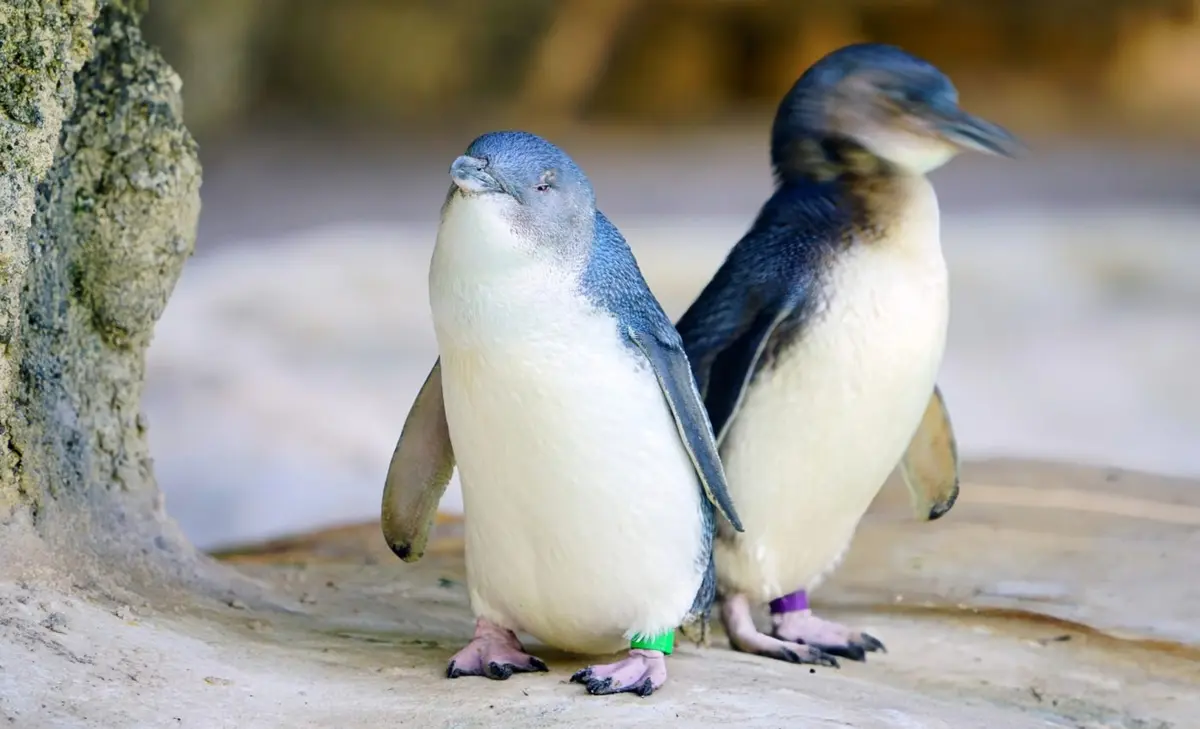A surprising piece of news has emerged from the serene and picturesque Phillip Island, situated just off the coast of Melbourne, Australia.
Known for its nightly “Penguin Parade” where thousands of little penguins waddle ashore, the island has become a case study for an unexpected phenomenon among its feathered inhabitants – an alarming rate of “divorce” among the penguin population. Here’s an in-depth look into this unique aspect of penguin social behavior.
The Phenomenon of Penguin Divorce
Penguins, especially the little penguins of Phillip Island, have long been celebrated for their monogamous relationships, often portrayed as enduring symbols of love in the animal kingdom. However, recent research by Monash University has shed light on a less romantic side of their lives.
Over 13 breeding seasons, scientists documented that out of approximately 1,000 penguin pairs, nearly 250 couples “divorced,” challenging the narrative of lifelong partnerships among these birds.
This study, published in the journal Ecology and Evolution, isn’t just about the dissolution of penguin partnerships; it’s a significant indicator of how environmental and social dynamics influence breeding success.
The term ‘divorce’ in the context of wildlife biology refers to the separation of bird pairs, typically leading to the formation of new mating bonds. For the penguins of Phillip Island, this isn’t just about finding a new mate; it’s about survival, adaptation, and the health of their colony.
Read : Viral Video of Penguin Waiting for Couple to Move in Antarctica Gets 141 Million Views: Watch
The reasons behind these separations are multifaceted. After a poor reproductive season, where the number of successful offspring is low, penguins are more likely to seek new partners in hopes of better breeding outcomes in the subsequent season.
Read : Let the Laughter Roll: 21 Jokes Guaranteed to Make You LOL
This behavior suggests a strategic move to optimize reproductive success, even if it means dissolving a previous bond. Moreover, the study found that “hanky-panky,” or extra-pair copulations, are not uncommon, indicating that penguins might not be as strictly monogamous as once thought, at least not during optimal conditions.
Impact on Breeding Success and Population Health
The implications of these divorces are profound for the little penguin population. Years with lower divorce rates correlate with higher breeding success, underscoring the importance of stable partnerships.
When many penguins are switching partners, there’s a period of adjustment where new pairs might not be as synchronized in tasks like nest-building, egg incubation, or chick-rearing, which can lead to lower reproductive rates.

The research from Monash University and Phillip Island Nature Parks highlights that the divorce rate among these penguins is a more reliable predictor of the colony’s breeding success than environmental factors like habitat change or behavioral traits like foraging time. This insight is crucial for conservation efforts, as it suggests that social dynamics play a significant role in the species’ survival.
For instance, when penguins divorce, they face a delay in breeding as they search for and court new partners. This delay can be costly, especially in environments where food availability fluctuates, pushing new pairs to forage during less optimal times, which can further impact chick survival rates.
Conservation Efforts and Future Outlook
The revelations from Phillip Island’s penguin community have significant implications for conservation strategies. Understanding that social behaviors like divorce can influence population dynamics means that conservationists need to consider not just habitat preservation but also the social health of penguin colonies.
This knowledge could lead to more nuanced approaches in managing penguin populations, focusing on stabilizing social structures alongside environmental protection.
Phillip Island Nature Parks, along with researchers, are now tasked with monitoring these patterns more closely, potentially using divorce rates as an early warning sign for broader ecological issues.
If divorce rates spike, it might signal that the penguins are facing increased pressure, whether from environmental changes like altered food availability due to climate change or from human-induced disturbances.

Efforts are also being made to educate visitors about the importance of maintaining a respectful distance from these animals during their crucial breeding seasons. The nightly Penguin Parade, while a significant draw for tourists, must be managed in a way that does not exacerbate the stress on these birds, potentially contributing to social instability.
The study of penguin divorce on Phillip Island serves as a reminder of the complexity of animal behavior and the interconnectedness of social, environmental, and biological factors. It’s a call to action for conservationists and researchers to delve deeper into how seemingly private life events among animals can have public ecological consequences.
As we continue to learn from these charismatic little penguins, the hope is that such understanding will lead to more effective strategies for preserving species in an ever-changing world.
While the idea of penguins divorcing might amuse or surprise us, it’s a window into the resilience and adaptability of nature. It challenges our perceptions and enriches our understanding of wildlife, reminding us that the natural world is full of complexities that science is still unraveling.
The story of Phillip Island’s penguins is not just about love and loss but about survival, adaptation, and the delicate balance of life in one of the world’s most watched wildlife spectacles.

